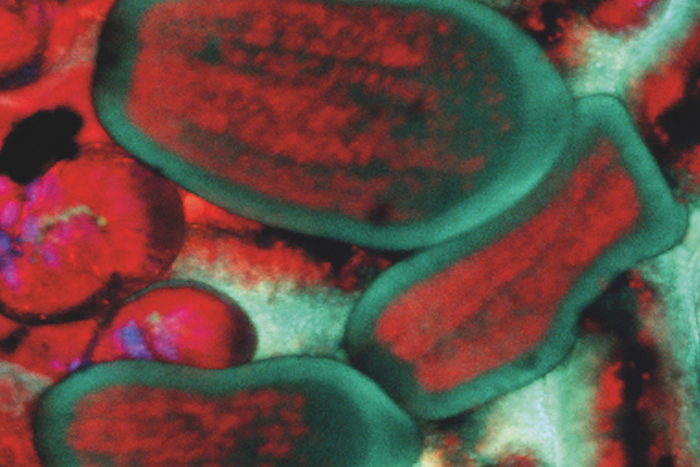Press Release
From October 10, 2019 to January 19, 2020, the Frankfurter Kunstverein, in cooperation with the Senckenberg Naturmuseum, will present Trees of Life—Stories for a Damaged Planet, an interdisciplinary exhibition project that leads our gaze from a historically cultivated, anthropocentric worldview to a systemic understanding of humans as a part of the evolutionary process.

Trees of Life – Stories for a damaged Planet
Frankurter Kunstverein, Frankfurt/Main (Germany)
10.10.2019 - 19.01.2020


© ArtCatalyse International / Marika Prévosto 2019. All Rights Reserved
The invited artists include Sonja Bäumel (Austria, lives and works in Amsterdam), Edgar Honetschläger (Austria, lives and works in Vienna, Rome, and Tokyo), Dominique Koch (Switzerland, lives and works in Basel and Paris), and the artist collective Studio Drift (Netherlands, lives and works in Amsterdam). An entire room is devoted to each of the participants. Artworks are spatially juxtaposed with exhibits from the collections of the Senckenberg Gesellschaft für Naturforschung.
Today, our image of nature is governed by mathematical and economic perspectives and interpretive models. Numbers, facts,and measurements—today often compiled under the heading of “big data”—are gathered with the help of computers and subsequently translated into models. This knowledge is vitally important for gaining insights, understanding complex relationships, and making ideas of a greater causality conceivable. And at the same time, our minds are not able, through facts and figures alone, to relate this knowledge back to the subjectivity of being, or to the subjectivity of the individual and their existential experience of finitude, although these experiences can help produce meaning from this knowledge. For example, the term “ecosystem” may appear abstract and distant. Yet how many individual entities, how many individual fates, which relationships and reciprocal processes and interactions are actually covered by this term? It is these narratives and their entanglement with the greater whole that bind and merge the abstractions of vast numbers with individual existences.
The belief that both art and science possess the ability to make expanded forms of knowledge tangible gave rise to the idea for the exhibition. Surprising configurations of contemporary art in dialogue with exhibits from the Senckenberg Collections await visitors to the Frankfurter Kunstverein.
The exhibition encompasses all of the Frankfurter Kunstverein’s exhibition spaces and is curated by Franziska Nori, Director of the Frankfurter Kunstverein, in cooperation with Philipe Havlik from Museum Development at Senckenberg. Numerous Senckenberg researchers have contributed their scientific expertise to the collaborative project. The exhibition developed out of several years of discussions between Volker Mosbrugger, Director General of the Senckenberg Gesellschaft für Naturforschung, and Franziska Nori, Director of Frankfurter Kunstverein. A recurring question in these discussions was how factual knowledge from the sphere of numerical abstraction can be translated into an experienced reality.
For more than two hundred years the Senckenberg Gesellschaft für Naturforschung has been working to study and understand nature in its infinite variety of life forms, in order that it may be preserved and used sustainably as the basis of life for future generations. Senckenberg’s main undertakings are this integrative research into “geobiodiversity” and the mediationof research and science. The three nature museums in Frankfurt, Görlitz,and Dresden reflect the diversity of life and Earth’s development over millions of years.
With the understanding of art as a intermediary between specialist knowledge from numerous research fields, theoretical positions, and the realities of life, the Frankfurter Kunstverein has for many years favored working with artists who address questions from digital culture, the natural sciences, and the humanities as the starting point for their research. With its unique freedom, art can open up other perspectives and search for broader contexts that ask questions about meaning for both people and society. The encounter with the work in the space creates aesthetic experiences for the viewer, which not only enable them to understand, but also to feel through the power of poetry.
The exhibition is a collaborative project between Frankfurter Kunstverein and Senckenberg Gesellschaft für Naturforschung.
Curator: Franziska Nori
Scientific Consultant: Philipe Havlik
Supported by: Cooperation Pool City of Frankfurt and Kingdom of the Netherlands
Exhibition October 10, 2019 -

Dominique Koch, Holobiont Society, 2017. © Dominique Koch / Hawaii Institute of Marine Biology.